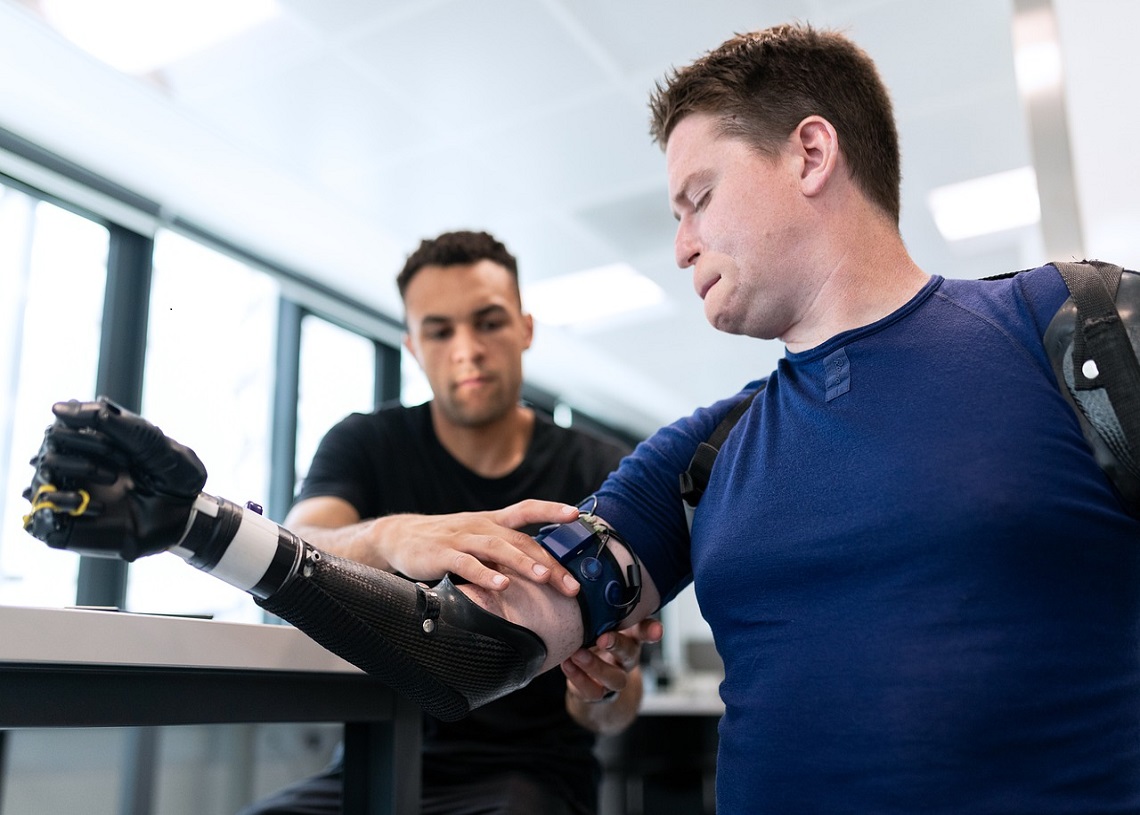A new algorithm is shining a light on the possibilities of controlling machines using minds. The research opens new futuristic opportunities for inventors.
Brain-computer interface (BCI) technologies have been in existence for decades. Barring their costs of maintenance and development, their usage has also been very minimal and mostly used by people who have lost their limbs. The integration with this group has had tremendous positive results due to people getting used to using their brains to control their appendages. Integration for other functions, however, has been hard and expanding it to other fields has been difficult.
Controlling machines using mind
New research is focused on the use of a new algorithm that allows usage of BCI without re-calibration once a task is performed using brain and machine control. The researchers from Carnegie Mellon and the University of Pittsburgh today published research that revealed a solution for people who use BCI to control prosthetics with their thoughts.
If true, the algorithm is a game-changer and brings us closer to the universal development of BCI devices.
In theory, controlling machines using mind through BCI will work in the same way devices such as Siri, Alexa or Google Assistant would work. However, the BCI would be able to use brain waves for machine control.
Future possibilities
The new algorithm offers a new possibility of controlling machines using brainwaves. It offers future possibilities that thoughts will be able to send signals such as close, open, on, off, left, right, up, down, e.t.c to other electronic devices.
This will be a game-changer in the technology sector, where it will also lead to the integration of BCI and the internet of things(IoT). The premise of the new algorithm and integration with IoT would render machines such as the ATM redundant. Transactions would be authenticated using brain signals and third party devices for authenticating information would cease to exist.
The new algorithm will open many future possibilities and new ways of controlling machines with the mind. It will lead to more exciting inventions and the good news is it can happen as soon as in the next decade.







